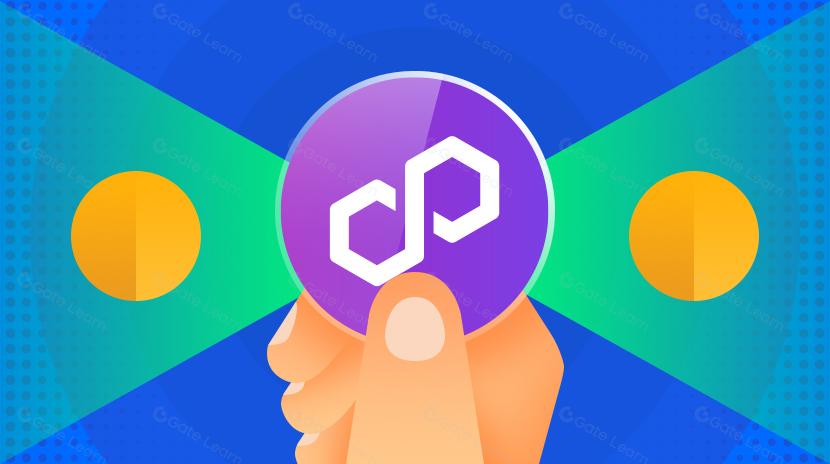DAの真の価値:セレスティアの収益ポテンシャル
この記事では、Celestiaの収益潜在力について詳しく掘り下げます。私は、タイムラインで流布している一般的な神話や物語を、私が欠陥があると考えるか、少なくとも実質的でないと考えるかを論破します。「DAは商品である」という神話を否定する
セレスティアの収益モデルに関する一般的な批評として、DAは長期的に商品と見なされるべきであり、その結果、手数料は不可避的に下方へ向かうか、限界コストに向かうだろうというものがあります。
この主張が成立するためには、DAがすべてのDAサービスで同一である必要があります。しかし、それはありません- そしてその理由はこちらです:
Celestia DA ≠ 他のどのDAとも異なる
ここで注意すべき重要な点は、CelestiaがDAだけでなく、ロールアップのためのコンセンサスも提供していることです。明らかに、一部のDAプロバイダは他のプロバイダよりも強力なセキュリティ保証を提供します。さらに、一部にはより強力なネットワーク効果があります。この点だけで、DAサービスは差別化されており、それは定義上商品ではないことを意味します。
直感的には、これは理解するのが難しいとは思いませんが、ロールアップの視点から見てみましょう。
ロールアップPOV
ロールアップはDAとコンセンサスの消費者です。彼らは単に利用可能な最も安いオプションに基づいてDAを選ぶだけでなく、自分たちにとって安全なものを考慮する必要もあります。さらに、他の人が使用しているものを使用したいと考えています。そのようにして、DAプロバイダを切り替えた場合でも、使用しているものが実戦テストされているためにだまされることはないと知っています。
他のプロトコルが切り替えるのを見ることで、DAプロバイダーを他と差別化する自信がつきます。これ自体がネットワーク効果であり、フォークすることはできず、非常に複製することは非常に難しいものです。
Ok、DAは純粋な商品ではありませんが、どのように評価すべきですか?
DAが商品ではないと考えると、その取引価格がコストに対してプレミアムで取引されることは理にかなっていますが、それほど高くないことが望ましいです。なぜなら、それに切り替えるロールアップが減少するからです。結局のところ、それはこれらのロールアップにとって正味のプラスの結果を提供すべきです。現在、その正味のプラスは手数料の大幅な削減です。数字を詳しく見てみましょう:
手数料はわざと低く設定されています!
はい、それを正しく読みました。Twitterでセレスティアの現在の収益があまりにも低すぎ、時価評価が高すぎると主張する愚痴を見たことがあるかもしれませんが、ATHから大幅に下落した後でも、彼らが完全に見落としているのは、現在の収益が意図的に低いということです。その理由はこちらです:
競争を打ち負かし、市場シェアを獲得する
Celestiaが市場シェアを獲得し競合他社を打ち負かすための戦略的選択であることを理解する。目標は、無料のDAでユーザーを引き付け、製品を試してもらい、それを気に入ってもらうことだ。ユーザーがたくさんいると(ロールアップ)、それらを収益化することは難しい問題ではない。しかし、ユーザーを獲得し競争を打ち勝つことは難しいため、最初から高額な手数料を設定し、多くのユーザーが流入することを期待してはいけない。
ここに引用があります @musalbasTLで確認しています:

Celestiaの年間収益を見積もる
最近、@musalbasCelestiaフォーラムで議論を開始し、現在の手数料を段階的に増やすかどうかについて議論しています。最初に提案された増額は4倍です(可能性があります)。ツイートで提供されたテーブルは、手数料の増額幅が2倍から128倍に及ぶものです。
また、手数料を米ドルに固定し、TIA条件の変動の影響を受けないようにすることについても議論があります。これはただの出発点であり、まだ議論の余地がありますので、考慮してください。

今、いくつかの数字を使って作業できるようになったので、DA手数料収入の価値を試みてみましょう。これは非常に困難な作業であることを念頭に置いておく必要がありますが、いくつかの仮定を行わなければなりません。しかし、もしこの記事を既に読んでいるのであれば、DAへの需要について楽観的な見通しを持っていると思われます。
仮定
この時点で、Celestiaによって投稿される総データ量が大幅に増加することは非常に明確になってきています(現在1.5TB)。より多くのモジュラープロジェクトがメインネットに進むにつれて。これまでには、Eclipseがチェーンのストレステストを行っているのみですが、これからはまだまだ沢山のことが起こります。個人的な見解は?まだ何も見ていないということです。
一部の背景情報を提供すると、Initia、Movement、およびAbstractは、優れたアプリを構築するための基盤を築く多くのプロジェクトのうちのいくつかに過ぎません。しかし、これらすべてのアプリに共通しているのは何でしょうか?それらは安全で、高速で、安価なDAに完全に依存していることです。
この点を考慮して、Celestiaが年間50TBのデータを投稿するようになり、それが今後さらに増え続けると主張します。
TIA Revenue Napkin Math
今日までに、手数料で支払われた総TIAは313kです。TIAが$3.20であるため、それはおおよそ$1M USDです。ただし、これらの手数料は意図的に低く設定されていることを再度覚えておいてください。
ここで少し夢を見ることを許しましょう:
15倍に手数料を増やすと、それでもETH DAより格段に安くなります。コストをあまり上げすぎずに、これはロールアップにとって素晴らしいオファーのままです - EIP-4844より約66倍安いです。それを高くしたり低くしたりすることもできますが、このシナリオでは、基準として15倍を使用します。
Now we’re at $15M USD in revenue.
次に、DA需要を方程式に加えます - ここから楽しさが始まります:
$15M × 50TB = $750M USDの年間収益。
もし総投稿データが年々かなりの割合で増加すると仮定すると、年間売上高で10億ドルを簡単に超えることができます。
最終的な考え
この計算には多くの変数が実際に影響しています。明らかに、それはそんなに単純なものではありません。特定の変数を増減させると、収益もそれに応じて調整されます。しかし、人々は数字が好きなので、私は1つ提供することにしました - ほとんどの人が理解できる単純な直感です。
私たちは数字を調整し続け、異なる収益数字に到達することができます。しかし、私の最終的な見解は?年間10億ドルの収益が間近に迫っています。
この記事を長くしすぎたくないので、ここでやめておきます。面白いと思ったら、教えてください。さらに作成を続けます。また、私の意見に同意しない場合や追加するものがある場合は、ぜひお知らせください!
近い将来、収益モデリングとDA需要についてより正確に分析を投稿する予定です。これはたった始まりに過ぎません。
マンモス! 🦣
免責事項:
- この記事は[から転載されましたDEアナリティクス]. すべての著作権は元の著者に帰属します [DE Analytics]. If there are objections to this reprint, please contact the Gate Learnチーム、そして彼らはすぐに対処します。
- 責任の免責事項:この記事で表現されている意見は、著者個人のものであり、投資アドバイスを構成するものではありません。
- Gate Learnチームは記事を他の言語に翻訳します。翻訳された記事のコピー、配布、または盗用は、特に言及されていない限り禁止されています。
関連記事
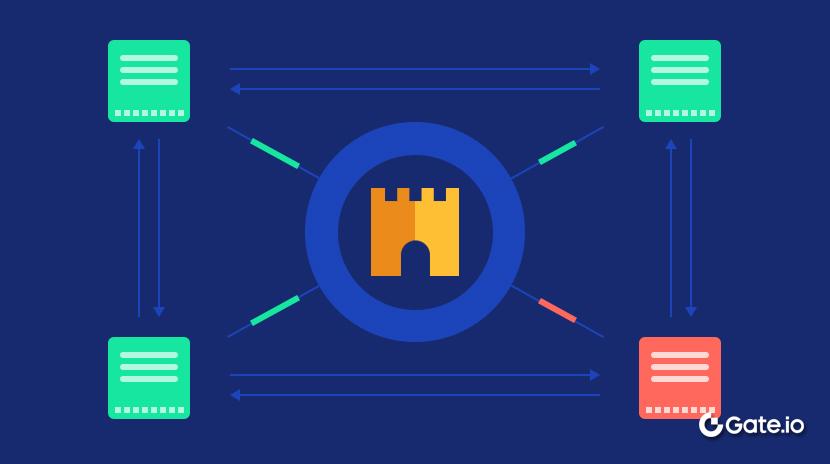
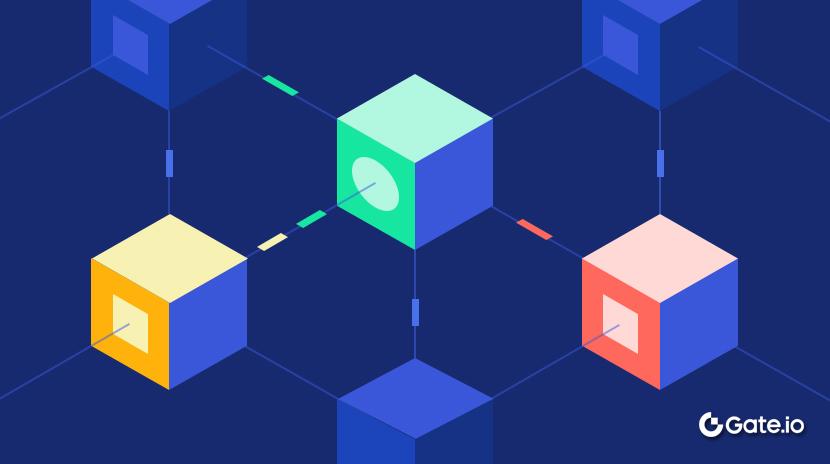
ブロックチェーンについて知っておくべきことすべて
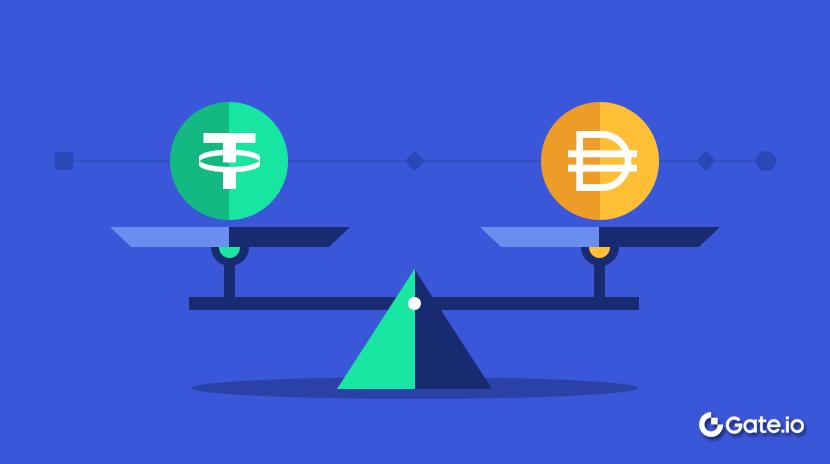
ステーブルコインとは何ですか?
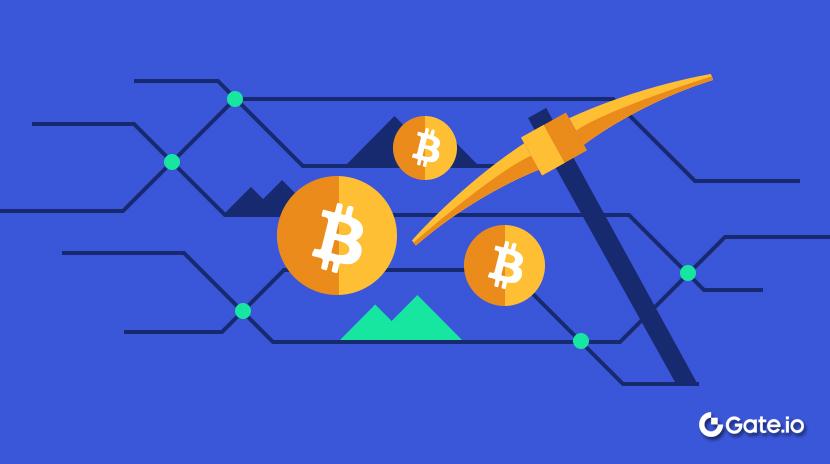
流動性ファーミングとは何ですか?

Cotiとは? COTIについて知っておくべきことすべて
